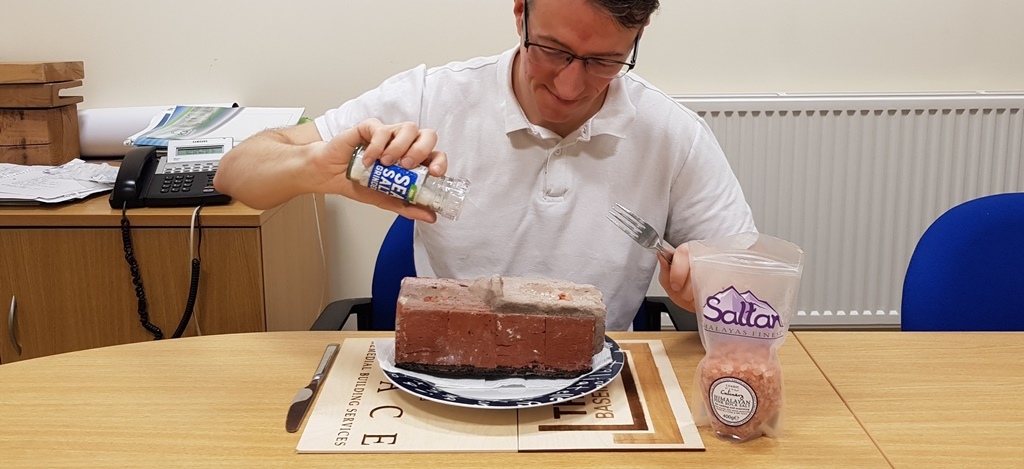External Ground Levels and DPC's (Rainfall Splashback).
A damp proof course of any type, should be minimum 150mm (two brick courses) above external ground level. The reason for this is RAINFALL SPLASHBACK. What does this mean?
If the purpose of a DPC is to prevent movement of moisture up a wall via capillary action, i.e. to try and maintain a relatively 'dry' wall above DPC level, then we also need to take account of factors which can potentially negate the effectiveness of that DPC, with rainfall splashback being one such factor.
More specifically, the lowest two brick courses (150mm) of a wall ABOVE THE EXTERNAL GROUND LEVEL, will generally always be a wet area, in part because of rain hitting hard external finishes (where present) and essentially bouncing upwards to wet the wall significantly within that 150mm zone.
So what happens when external ground levels are raised by landscaping or block paving etc?
A consequence can be that the wall above DPC level becomes wet to a greater degree than it should be.
The implications of this can vary depending on the nature of the wall construction. For example, if it is cavity wall construction, then if the cavity is clear (not bridged my mortar snots etc.), that moisture should not access the interior, and the consequence may be aesthetic (visibly damp) and with potential damage in time caused by freeze thaw action resulting in the face of the brick spalling away.
In a solid wall, moisture is more likely to bridge to the interior and affect finishes.
Look for the level of the DPC (if present) and compare this to the external ground level, what can you see?
.jpg)
NB #1: Not all walls contain or rely upon DPC's, many older structures reply upon mortars which are softer/more porous than the brick/stone masonry, and the mechanism by which they deal with wetting, is by absorption of moisture into the mortar (including from the brick/stone itself) and then evaporation from this. Commonly referred to as a wall 'breathing' but essentially it is 'evaporation'.
NB #2: If external levels are very high, i.e. a wall is earth retaining - like a semi-basement/cellar wall, then a different set of considerations apply which are associated with risk of hydrostatic pressure coming to bear, which is definitely a subject for another day!

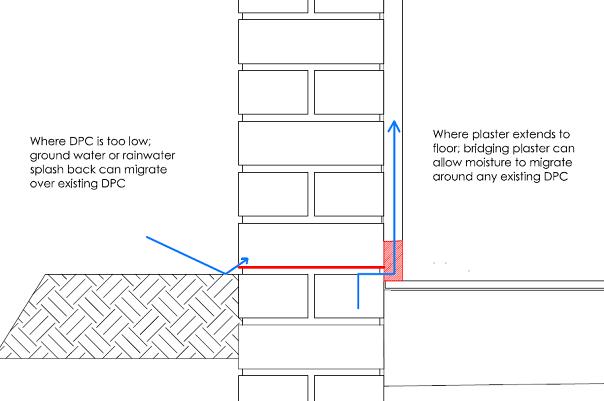

.JPG)
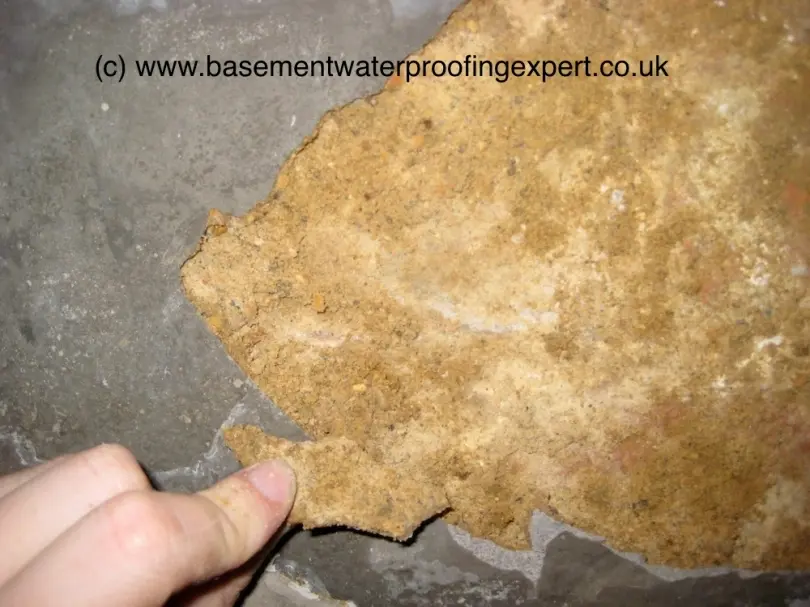

.JPG)
.jpg)




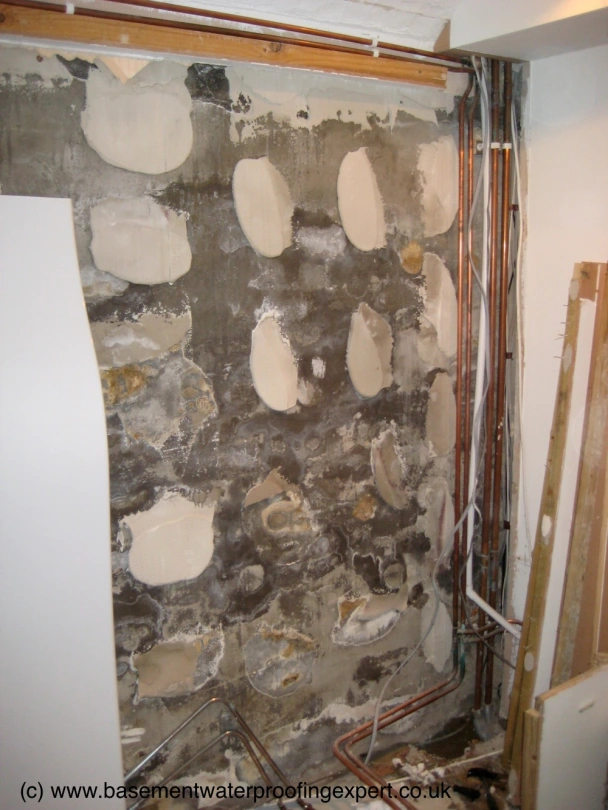
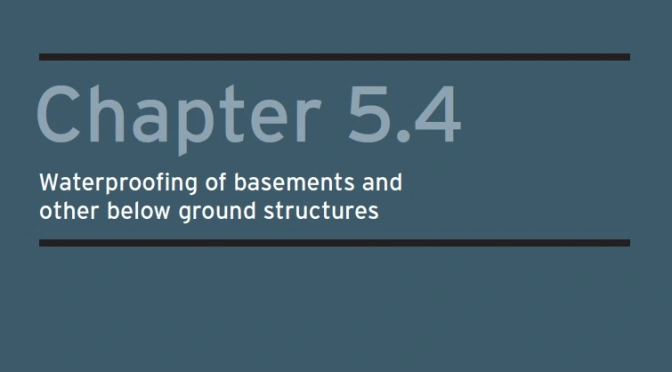
.JPG)

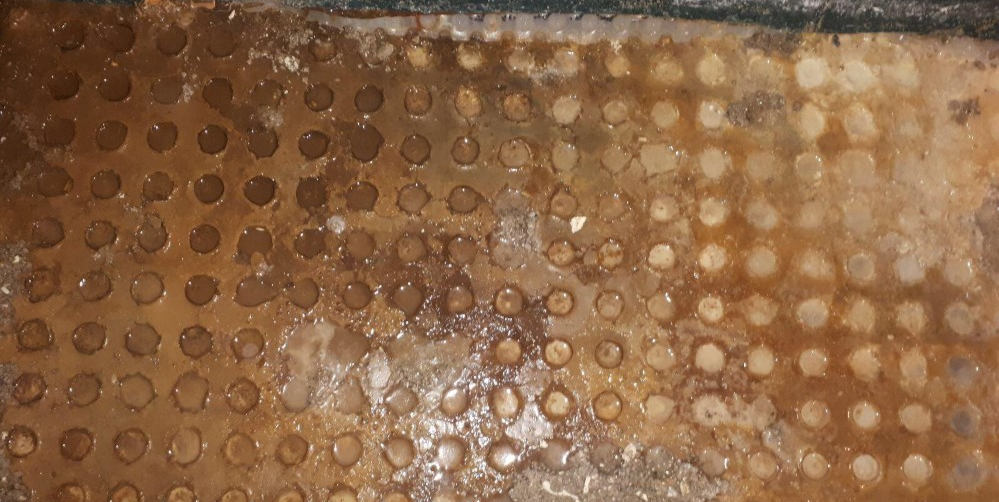
.JPG)

.jpg)
.jpg)
.jpg)

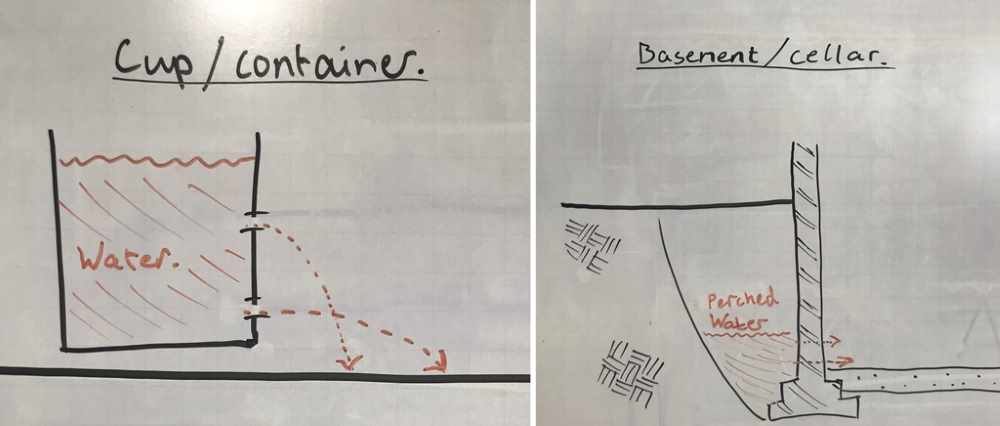
.jpg)
.jpg)
.jpg)
.jpg)


.jpg)
.JPG)

